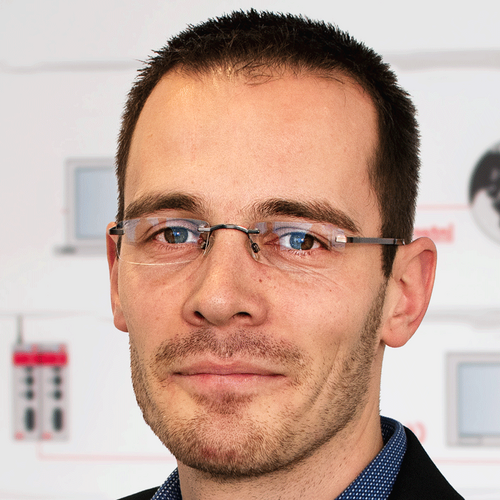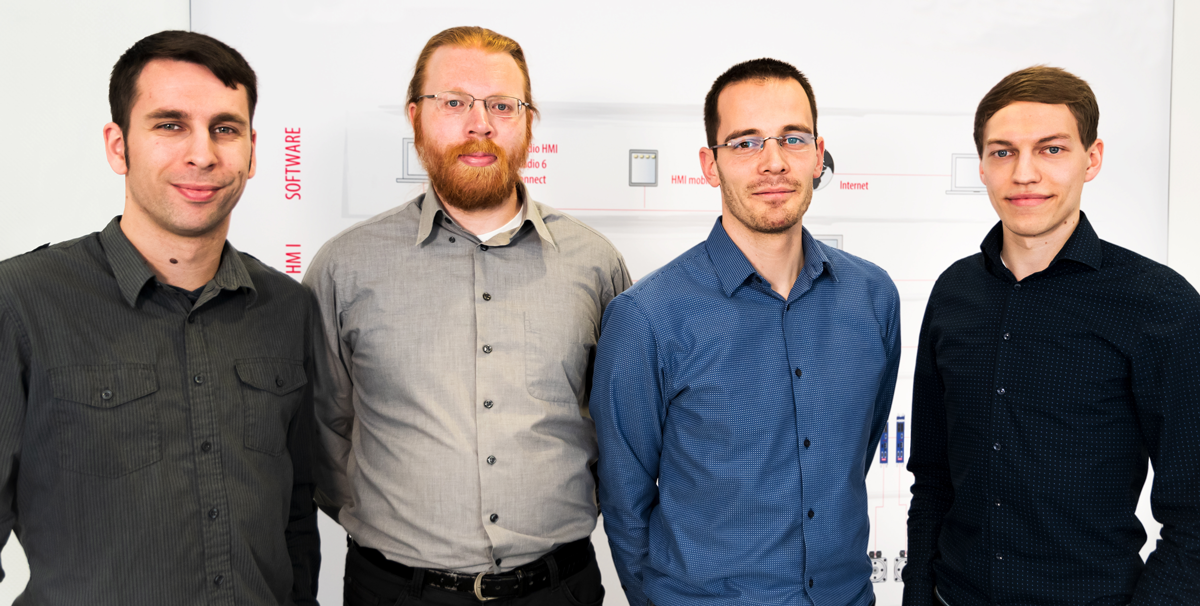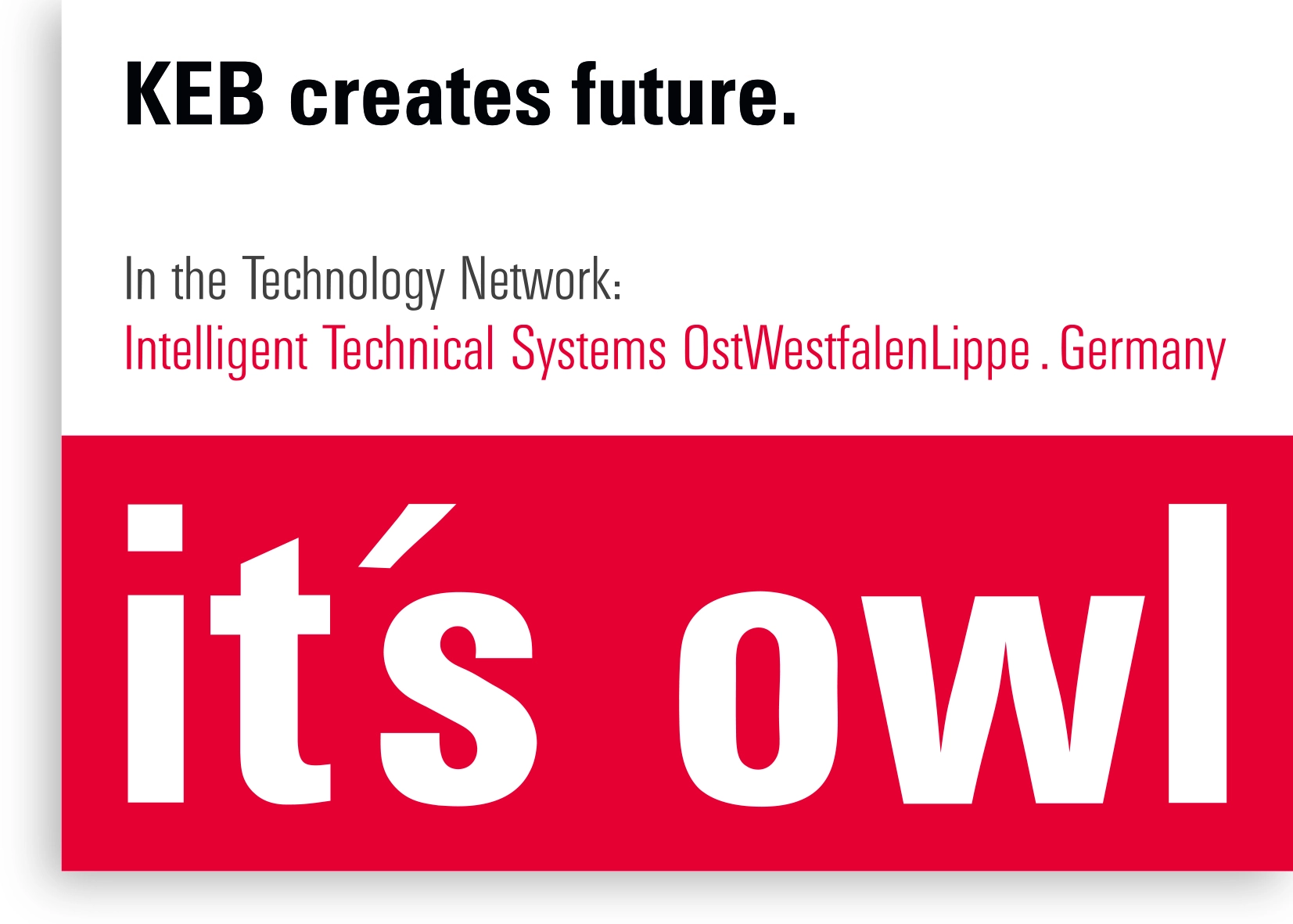With digital twin into condition monitoring
"Technical Infrastructure for Digital Twins" (TeDZ)
What can the digital twin look like for the automation of the future and what role will drive technology play in this? Dominik Follmann, head of the project "Technical Infrastructure for Digital Twins" (TeDZ) at KEB, goes into detail.
Mr. Follmann, what is the goal of the project "Technical Infrastructure for Digital Twins" (TeDZ)?
Dominik Follmann: Everyone is currently talking about the "digital twin", but the concrete definition is still very inconsistent. As a result, digital twins from different manufacturers often do not have the necessary interoperability to use them together. In the "it's OWL”-project TeDZ, we are therefore searching for possible savings potential and how we can realize it and make it available. We would like to provide our customers – and their customers' – with easy access to it and on this basis generate great added value for everyone.
What role does KEB Automation play?
Follmann: In the pilot project "Digital Energetic Twin" (DeZ), a sub-project of TeDZ, we are researching the most different facets of digital twins. Here, we especially look at the energetic aspects, for example an ideal energetic design and the optimization of energy consumption. With the help of simulation models we want to offer our customers the possibility to simulate the behaviour of a machine or plant, for example of a drive axis, as realistically as possible already in the planning phase. In this way, the energy consumption of a drive axis at certain operating points can be precisely predetermined. The models also enable our customers to develop and test large parts of the machine control system even before the actual commissioning. This so-called virtual commissioning offers great potential for savings, such as time and cost savings during later real commissioning and the improvement of quality and process reliability through error simulations.
What role do topics such as condition monitoring and predictive maintenance play?
Follmann: We are also concerned with communication and appropriate definition of the semantics for dynamic data – i.e. data that can be acquired from the products at runtime. Due to their sensors and intelligence, drive controllers can provide a lot of useful information, for example for use cases such as condition monitoring and predictive maintenance. The aim is to provide product information such as engineering data or simulation models. This information should also be enriched with additional data recorded during operation – as a digital representation of our products, so to speak. The standardized access to all this information via the administration shell simplifies the integration of the components for our customers. This brings advantages throughout the entire product life cycle, from planning, engineering and commissioning to service and replacement.
What is for us the practical goal behind the participation?
Follmann: We are gaining a lot of experience in dealing with the technologies mentioned. Working together on the project enables us and the project partners to develop the technologies themselves and to test them in realistic scenarios, for example in the SmartFactory OWL, in order to finally develop the findings into market-ready solutions. The direct exchange and cooperation with other companies, as well as university and research institutions, makes it possible to "think outside the box" and also ensures that we have a comprehensive view during the technical implementation. This gives us the opportunity to reflect the results of our work back through various standardization committees, so that the users of our products and solutions are guaranteed the broadest possible interoperability later on.


